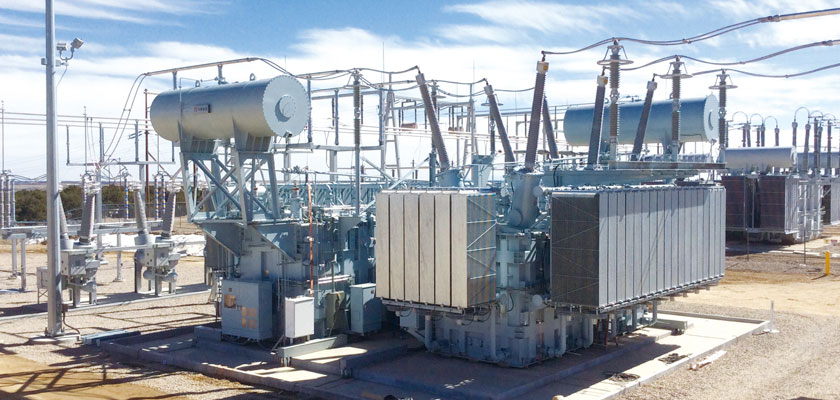A transformer going down means an emergency replacement is required to keep the production on line! How equipped are you for such an emergency? And, how much can you afford to lose during replacement? These questions need to be well answered for any CEO, manager, or anyone in charge of the plant.
Power transformers hardly ever go down, but when they do, they highly affect the bottom line with immediate and devastating effects. If a transformer in the line goes down, there is high loss of operational capability – the entire process is interrupted, the assembly line comes to a stop, and the information transfer halts in the track. There is a high risk of subsequent fires, security lapses, lawsuits, and a great loss of income from the sudden stoppage of the production run when a transformer goes down.
So how is one supposed to deal with all of this? Well, the first line of protection and cover is knowledge about the transformer construction. Additionally, quick access to plug-and-play replacements can save considerable amount of money every day! Thus, it is the selection of quality transformers and the quick replacement with an exact match that can keep losses to the minimum. You can get the finest quality transformers made from the best materials with great professionalism and expertise from Miracle Electronics, the leading transformer manufacturer in India. While selecting a transformer, the person in-charge must have the basic knowledge about its design, materials used and construction so that the return on investment can be maximized. This knowledge may also prevent disastrous emergencies from taking place.
Generally, there are two types of transformers used in industrial plants, namely liquid-filled and dry type transformers. The dry type transformers pose less chances of leakage as they are cooled by air, while the liquid-filled transformers are cooled by oil or other similar liquids. However, in both these types of transformers, it is the design, materials used and construction that make a huge difference in terms of transformer reliability. The way the coils are wound around the core, whether it is copper or aluminum used for the windings, the insulation used, and every other design and construction detail greatly affects the robustness of a transformer.
Since industries have so many old transformer models in place, there may be sudden power losses due to the failures of these older transformers. Shorts occur because the heat and moisture degrade the insulation of the transformer over the years, thus leading to power outs. In case when the entire plant goes down due to faults, electricity needs to be purchased from elsewhere at spot market prices, thus causing huge revenue losses depending on the weather and load peaks. In such a case, every tiny detail that brings a difference between lengthy and costly replacement processes versus quick and cost-effective plug-and-play solutions matters.




